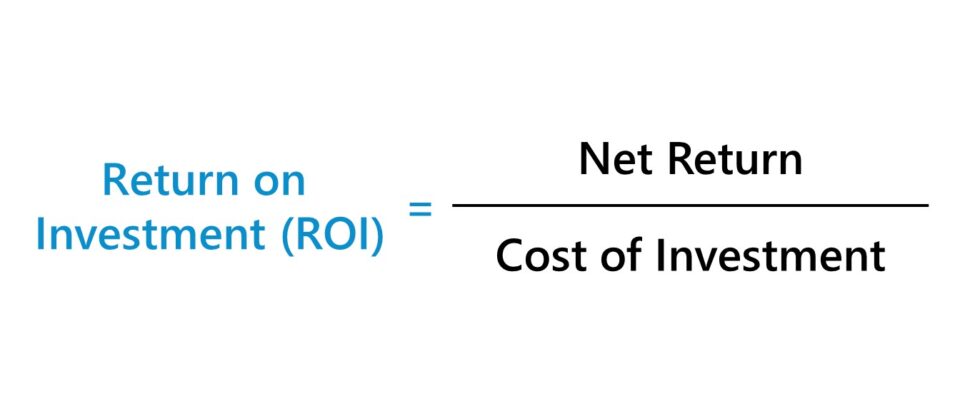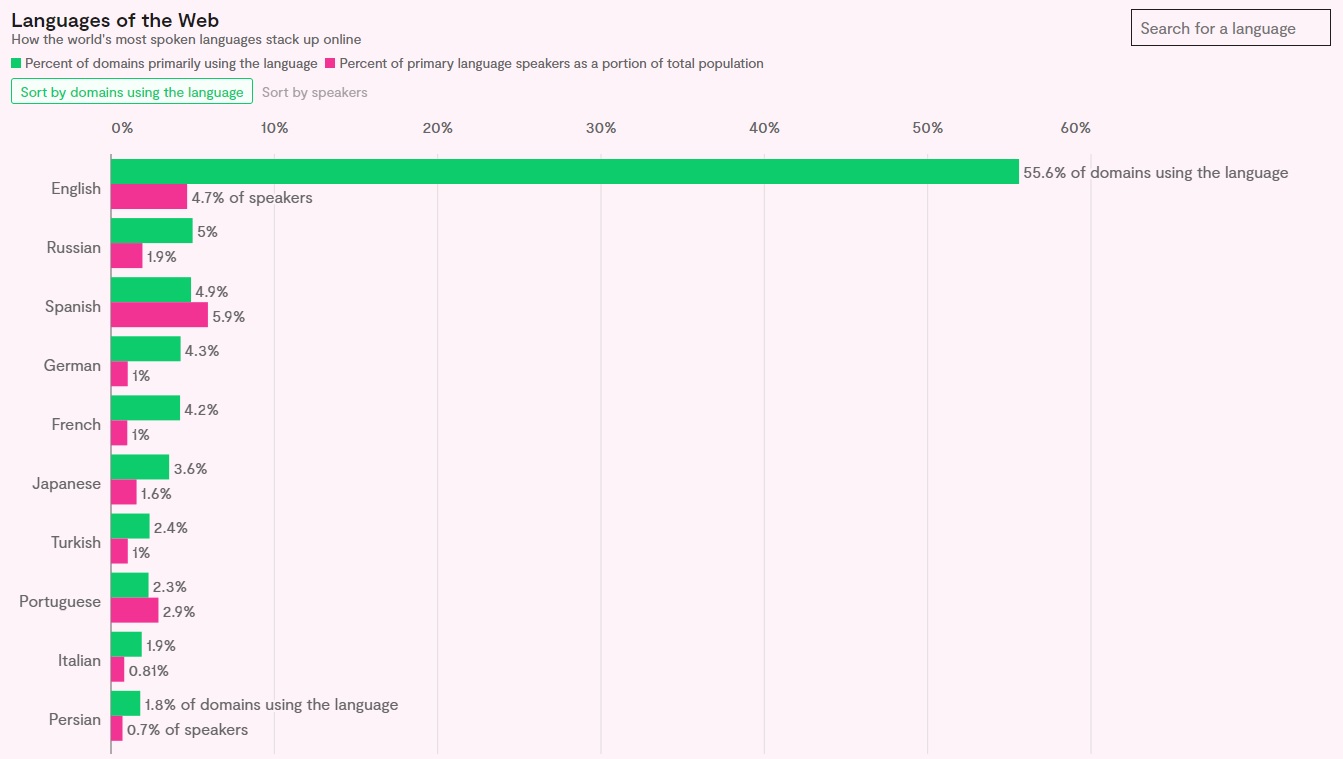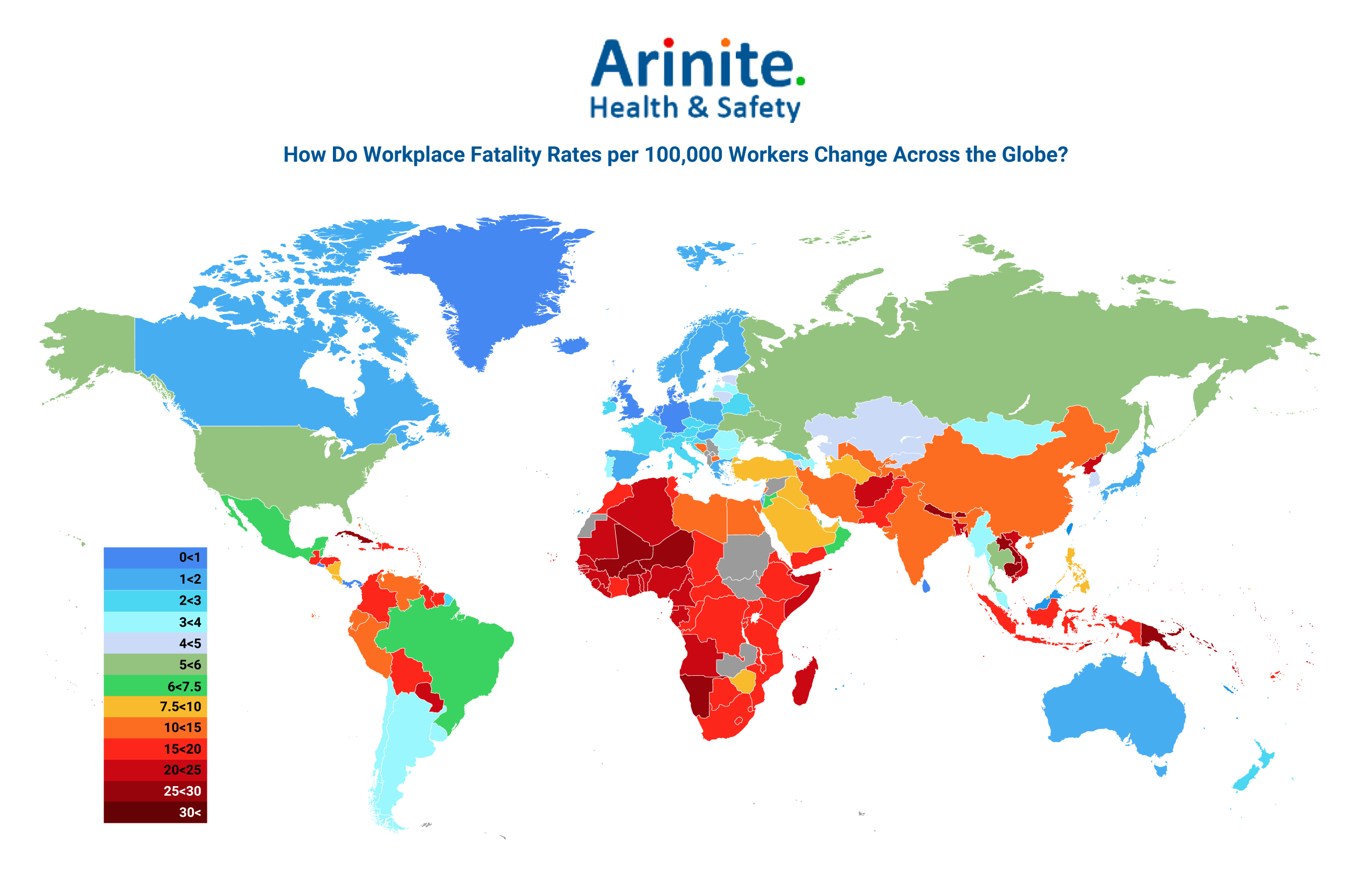Localising your content is generally considered an investment in a company’s growth. However, measuring the return on that investment is notoriously tricky when discussing slightly nebulous concepts like engagement and satisfaction.
So, what’s the solution?
The key is to get super crisp on your expected returns and know how to measure them. Here is a quick recap of the ROI formula:

Image courtesy of Wall Street Prep
In today’s article, we’re going to look at indicators of success for a few core industries. If you were to spend on localisation, what could you expect to see in return?
Let’s get started!
The benefits of localisation: Some killer stats
First, here are a few killer facts and figures on the overall benefits and need for localisation. These stats are designed to whet the appetite for localisation in general. Feel free to cut and paste into your business cases!
Fact #1
65% of people prefer content to be in their language.
And they don’t mind if it’s poor quality. The point is that you’re missing a large chunk of your addressable market by not localising, whatever your industry.
Fact #2
55.6% of the internet is in English, despite only 4.7% of the world being native English speakers.
If you want to get into the data, around 26% of internet users are English-speaking, followed by Chinese speakers at 19.6%. Either way, English content is over-represented online at 51%.

Data and chart courtesy of Rest of World
Fact #3
40% of people will not buy a product or service unless offered to them in their language.
And even in Europe, where there’s a high degree of multilingualism, 1 in 5 people will never browse content in a foreign language.
How to measure localisation in different industry types
Now, let’s take a deep dive into certain industries, and look at the specific benefits localisation brings, and how you might set about measuring their commercial impact.
We’re going to be looking at the use cases for Marketing, L&D and HR, and Internal Comms.
Let’s go!
1. Marketing
From websites to apps to social media, much of the marketing mix relies on content. Here are some stats to help make a case for thinking of translation and localisation as essential to your growth and relevance strategy.
Consumers want to buy products with information in their language
CSA Research surveyed over 8,000 consumers in 29 countries and found that given the choice of two similar products, 76% of shoppers would choose the one with a description in their language. For those who don’t speak English, this number jumps to 89%.
In fact, from our own experience working with Achilles, a supply chain solutions provider, they saw traffic jump by 18% and bounce rate drop by 3.8% when we localised their new website for six new markets. You can read the case study here.
Suggested KPIs to track:
- Conversion rate
- Overall sales volume/value
- Customer LTV
- Overall revenue split by locale (to show incremental sales in new markets)
Are you trying to grow in APAC? You need to localise
In the same study, the research showed that people in APAC markets were the most sensitive to localisation; 92% of Koreans, 92% of people from China, and 90% of people from Japan would be more likely to choose a product if the description was in their language. At the opposite end of the scale is Romania, where 48% of respondents would be satisfied with information in English.
Suggested KPIs to track:
- Sales by POS
- Conversion rate by POS
- Abandoned basket rate
- Customer LTV
Localised apps = 10x more downloads
Some app store optimisation experts had seen download figures grow 10x just by localising an app, allowing them to reach new audiences in markets where before they hadn’t had any presence.
The recommended approach starts with the app name and a localised “shop front,” including screenshots and descriptions. If you see that working, the next step is full localisation of the app, including everything from the content to the payment systems.
Suggested KPIs to track:
- App downloads
- App store visits
- App sales
- App ratings/reviews
Don’t forget paid media
When shown a localised FB ad, tests have indicated a +22% CTR for women and a whopping +87% CTR for men.

Data and image courtesy of Adparlor
Suggested KPIs to track:
- Ad CTR
- CPA per sales channel that you localise
- Sales mix by acquisition channel (is your localised paid media packing a bigger punch now you’ve localised)
- Social media shares/likes
Localisation means loyalty
Far from just being a growth tool, good localisation helps people develop a brand preference over time, especially when post-sales support is supplied in their language.
According to the same CSA study, 75% of customers in non-English speaking markets said they were more likely to purchase from a brand again if customer care was supplied in their language.
Suggested KPIs to track:
- Retention rate by locale
- Customer LTV by locale
- Complaint rate
- Customer satisfaction scores
2. L&D and HR
Making a business case for localisation can be harder when the impact might not relate to something as neat to measure, such as sales or a pure revenue figure.
But there are plenty of ways in which making content relevant for your global audience pays off.
Let’s take a look.
A sales boost (for agencies and their clients)
If you are developing eLearning content for your end-clients, localising eLearning training programs means offering a much more relevant product, as well as opening up new markets and potential sources of income.
The eLearning market continues to explode; the CAGR 2018 to 2025 is expected to reach 9.1%, with 80% of businesses now offering some sort of online learning. Demand for more localised programs is sure to increase, and offering courses tailored to a global audience is a great way to maximise revenues.
Brands localising their eLearning relating to their suite of products should also see a boost in global sales, thanks to a super-charged sales team trained in their own native tongues.
Suggested KPIs to track:
- Overall sales value
- Overall sales volume
- Number of clients
- Products per client
- Client LTV
Localised learning = better learning
Studies show that learning in your mother tongue can boost outcomes by up to 30%. So, localising your company’s training materials will ensure the best engagement and long-term development.
And it’s not just the words that matter; how training is delivered can have different impacts depending on your cultural background. As just one example, US-based learners prefer a more individualised approach, whereas people in Guatemala will learn better in group settings.
Suggested KPIs to track:
- Training completion rates
- Training pass rates
- Participation rates
- Overall commercial goals (through increased proficiency of the workforce)
A safer workplace
When staff understand safety and training instructions better, the number of accidents goes down. Aside from the obvious desired outcome of fewer injuries, a safer workplace has financial upsides, such as fewer staff absences, reduced liability to claims, and higher workforce productivity.
A properly localised training program will adapt training material to each audience, using words, phrases and images that resonate best with the target audience. To do this, you’ll need to use a localisation expert who understands cultural nuance extremely well.

Image courtesy of Arinite
Suggested KPIs to track:
- Accident rates
- Staff time off
- Staff productivity
- Insurance premiums
A more inclusive workplace
By making your L&D program available to all your staff, wherever they live or are from, you’re making them feel more included overall. If you’re feeling more included, you’ll likely be more engaged, productive, and empowered.
As a result, you will likely have a more valuable staff, and your company will have a stronger sense of identity.
Suggested KPIs to track:
- Employee engagement
- Staff turnover
- Internal vs. external promotion rates
- Percentage of hires coming from referrals
3. Internal Comms
If you’re talking to a global workforce, investing in localisation will foster better communication and a greater sense of community. Let’s see how that might be quantified in an investment pitch.
Be sure the message is heard
From change comms to shifts in company strategy, your leadership team will have worked hard to craft a message that explains big changes and is designed to bring employees on the journey with them.
You need to ensure that the message is understood exactly how it was intended to avoid alienating your workforce, leading to disengagement, lower productivity, and higher turnover.
Suggested KPIs to track:
- Employee engagement
- Employee NPS
- Staff turnover rates
- Sentiment analysis of employee feedback
Foster a culture of recognition
39% of employees say they don’t feel appreciated at work, and 69% said they’d work harder if they felt more appreciated. That’s a huge reservoir of untapped human capital.
By using internal comms as a localised channel to celebrate and reward people, you’re investing in your staff and giving yourself the best chance of maximising their potential.
Suggested KPIs to track:
- Open/read rate of internal comms
- Employee productivity levels (calibrated ratings or commercial goal-hitting)
- Employee advocacy
- Absence rates
Embracing localisation to battle the wellness crisis
A study this year has shown that 8 in 10 employees say they’re struggling with a heavy workload and a stressful job. Remote working, hybrid working, endless Zoom calls, and blurring lines between work are big factors in chronic stress and burnout.
How can internal comms help?
They’re vital to disseminating and creating corporate culture, clarifying priorities, and keeping people focused and happy. By ensuring your internal comms are properly localised, you can be confident that the message reaches everyone, no matter where they work.
Suggested KPIs to track:
- Absence rate
- Long-term sick rate
- Employee turnover rate
- Investment/spending on mental health per employee
How can Comtec help?
As much as we love language, we understand the value of localisation will usually be measured in the bottom line – brands want to use localisation as a tool for growth.
By working together early on, we can help advise with the strategic planning of a project. From goal-setting to KPI tracking and ROI measurement, we are commercially savvy and can help you pick and choose the right investment for your company. Your success is our success!
And when it comes to the localisation work, we have over 40 years of experience and work with the most experienced and highly qualified linguists. We couple this linguistic know-how with the best of today’s technology, which is why we’re trusted by hundreds of brands to bring their messaging to the next level.
Want a no-obligation, friendly chat about how we could help your brand reach new audiences?
Get in touch today and see how Comtec can help you take your business global.
